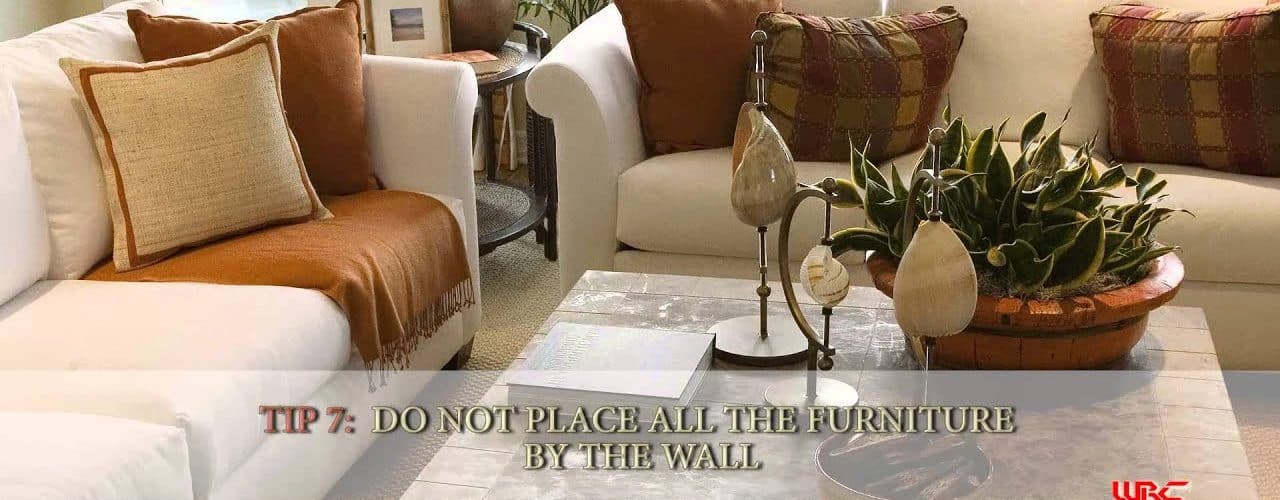A living room should be anything but generic. Like a thumbprint, it must reflect the uniqueness of the individual. Pieces should be arranged to maximize comfort, calmness, and beauty.
Contents
1. Decide on the Tone or Personality of the Room.
A living room can be casual, formal or eclectic. Mostly gone are the days when living rooms were guest-ready showplaces filled with elegant untouchables. While some still prefer that style with its glass tables, silk pillows, and light-hued carpets that no outdoor shoes can touch, many are going for a more laid-back approach.
Some like casual living rooms to match their easygoing lifestyles. They want to be able to put their feet on the sofa and eat on the floor without worry.
Others are drawn to thematic living rooms shaped by a personal passion or hobby. Consider this real life example: a Texas man who likes riding horses has a pristine, high-quality leather saddle as the major piece of decoration in his living room. He mounted it and arranged all other furnishings to complement it.
Whatever style you choose, it is imperative that you do not mix styles. Do not have elegant pieces in a casual room or vice versa. The clash creates a sense of chaos.
2. Decide on a Centerpiece.
The biggest faux pas most people make when arranging a living room is having too many focal points. The large screen TV screams for attention; so does the fireplace … and the lovely picture window.
Decide on one centerpiece because you will need to direct all attention and angles to that focal point only. If the fireplace is the center, then make sure the TV can be concealed in a cabinet or behind wall panels if it is not directly above the fireplace. Mounting the TV above the fireplace, while costly, will help you centralize focal points and streamline.
Often, an elaborate window with a great view can be played up as a centerpiece.
Seating in the living room should be angled so that the main seating area faces whatever centerpiece you choose.
3. Create Ambiance.
Ambiance results from great spacing, flow, and visual harmony.
Seats, tables, and decorations that are too plentiful or too close together create clutter and make the room seem small. Embrace open space. Cluster two to three items together, but leave lots of space and distance between clusters.
Many people forget to leave sufficient access and walking space, instead creating a tight fit between tables, chairs and lighting.
When spacing for visual and physical harmony, it’s helpful to heed the feng shui principle of chi. Chi is energy. The concept surrounding chi is that energy in a room should flow. Imagine energy as a peaceful river flowing through the doors and windows. That river should be able to flow around and touch every object. If not, improve spacing and eliminate blocked paths.
No door or window should be blocked.
Lighting, whether from lamps or sun, should accent the focal point. Lamps should not be in the line of sight when one is looking at the focal point. Sunlight should not create a glare on the focal point. Use window blinds or drapes to adjust sunlight. Consider wall- or ceiling-mounted light fixtures if lamps will take up too much space and look bulky.
4. Create Private Areas.
Lastly, it is important to have at least one private sitting area. This will create a reading or meditation space for the owner or guest who doesn’t want to interact constantly. A nice, comfortable chair situated in a corner with a small table and lamp can accomplish this.



